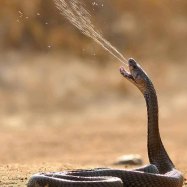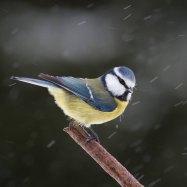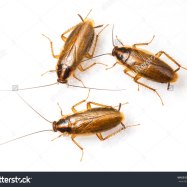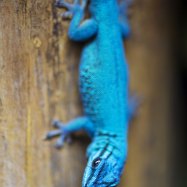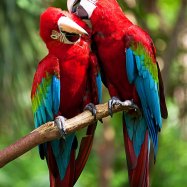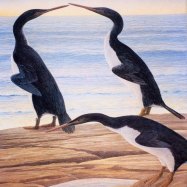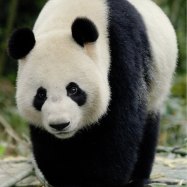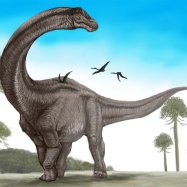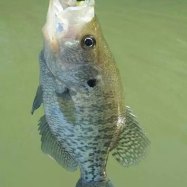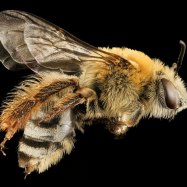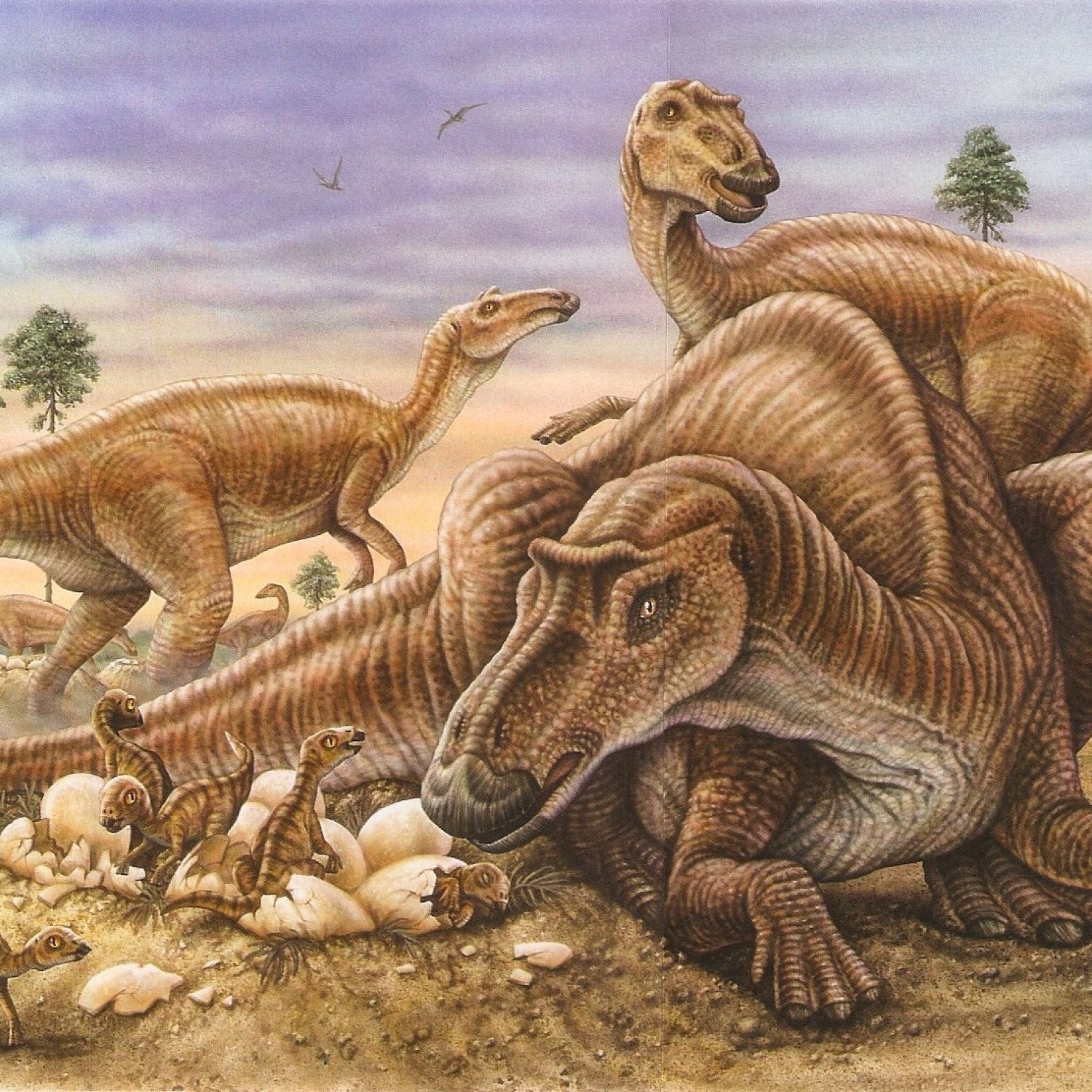
Maiasaura
8-10 meters
Maiasaura, a Hadrosaurid dinosaur found in Montana, was one of the largest herbivores of its time, measuring 8-10 meters in length. Its massive body shape allowed it to roam and graze on plants without fear of predators. Learn more about this fascinating animal and its family, the Hadrosauridae.
Animal Details Summary:
Common Name: Maiasaura
Kingdom: Animalia
Habitat: Forests, wetlands, floodplains
The Majestic Maiasaura: Discovering North America's Lost Giant
Deep in the heart of Montana, lies a lost world filled with prehistoric creatures. These giants once roamed the land, and among them was the majestic Maiasaura. This plant-eating dinosaur was a sight to behold with its massive size and vibrant colors. Its name means “good mother lizard,” and it's no surprise why Maiasaura. This gentle giant was known for its nurturing behavior towards its young, a behavior that was once thought to be unique to mammals. Let's step back in time and learn more about this fascinating creature that once called North America its home.The Origins of Maiasaura
Maiasaura peeblesorum, also known simply as Maiasaura, belonged to the family Hadrosauridae, which translates to “thick lizards.” These herbivorous dinosaurs are believed to have lived during the Late Cretaceous period, between 75 and 73 million years ago. They were primarily found in present-day United States, specifically in Montana, although some fossils have also been discovered in Alberta, Canada.The first Maiasaura fossils were discovered in 1978 by a team of paleontologists from the Museum of the Rockies in Bozeman, Montana. They were discovered in a rock formation that dated back to the mid-Cretaceous period, making the Maiasaura one of the best understood dinosaurs from this period. Since then, more than 200 individuals have been unearthed, providing valuable insight into the lives of these prehistoric giants.
Anatomy and Physical Characteristics
The Maiasaura was a large, bulky dinosaur, with an average length of 8-10 meters and a height of 3-4 meters at the hip Mal Shi. They weighed between 2 and 4 tons, making them one of the largest herbivorous dinosaurs of their time. As with most dinosaurs, their bodies were covered in scales, and they had a varied coloration of brown, green, and grey.One of the most distinctive physical characteristics of the Maiasaura was its head. It had a large, hollow bony crest on its snout, which may have been used to amplify sound, possibly for communication purposes. Their beak-like mouth was filled with hundreds of sharp teeth, suitable for grinding tough vegetation.
Habitat and Feeding
The Maiasaura lived in a variety of habitats, such as forests, wetlands, and floodplains. They were migratory creatures, traveling long distances in search of food and water. As herbivores, they primarily fed on low-lying vegetation, such as ferns, conifers, and horsetails.To aid in digesting their plant-based diet, the Maiasaura had a unique adaptation known as a “gizzard stone.” These were small, smooth stones that were swallowed and used to grind up food in their stomach, similar to the way modern-day birds use gizzards.
Nurturing Behavior: A Juvenile Discovery
In 1979, a team of paleontologists discovered something remarkable – the fossilized remains of a Maiasaura nest with 15 eggs. This discovery was crucial in shedding light on the nurturing behavior of these prehistoric giants.The Maiasaura laid multiple eggs at a time, and it was believed that they would care for their offspring, similar to the way birds do today. This was groundbreaking as it challenged the common belief that dinosaurs were not capable of nurturing behaviors.
Further research revealed that the Maiasaura offspring were precocial, meaning they were born capable of moving and feeding themselves, but still relied on their parents for protection and guidance. This discovery marked the first evidence of complex social behavior in dinosaurs.
The Good Mother Lizard
The Maiasaura's nurturing behavior earned it the nickname “good mother lizard.” The fossil evidence showed that the adult Maiasaura would build nests to lay eggs, then care for their young until they were old enough to fend for themselves. This behavior was unique at the time and was thought to be exclusive to mammals.Another remarkable discovery was made when a Maiasaura embryo was found inside an egg. This provided valuable insight into the development and growth of these dinosaurs. It was also noted that the hatchlings had disproportionately large heads, indicating that they may have been born with the ability to communicate with their parents.
Maiasaura and its Significance
The Maiasaura is an essential and fascinating part of the dinosaur family tree. It served as a vital link between the more primitive duck-billed dinosaurs and the advanced hadrosaurs. Their discovery also provided valuable information about dinosaur behavior and social interactions.Their nesting behavior and parental care also serve as a reminder that not all dinosaurs were aggressive and carnivorous creatures. The Maiasaura and other plant-eating dinosaurs may have had complex social structures and nurturing behaviors.
The Legacy of Maiasaura
The legacy of the Maiasaura lives on, not only in the paleontological world but also in pop culture. They have been featured in numerous films, books, and TV shows, fueling our fascination with these prehistoric giants.In 1985, the Maiasaura was declared the state fossil of Montana, honoring its significance and discovery in the state. The Museum of the Rockies, where the first Maiasaura fossils were found, also holds the world's largest collection of dinosaur fossils, including many Maiasaura specimens.
In Conclusion
The world of dinosaurs is one filled with mystery and wonder. With each new discovery, we learn more about these creatures that roamed the earth millions of years ago. The Maiasaura, with its nurturing behavior and unique adaptations, has played a significant role in our understanding of dinosaurs and their place in our world's history.Next time you imagine dinosaurs, picture the gentle giants of the Cretaceous period, the Maiasaura. Their legacy continues to amaze and educate us, and their story is a reminder of the natural world's wonders and mysteries yet to be discovered.

Maiasaura
Animal Details Maiasaura - Scientific Name: Maiasaura peeblesorum
- Category: Animals M
- Scientific Name: Maiasaura peeblesorum
- Common Name: Maiasaura
- Kingdom: Animalia
- Phylum: Chordata
- Class: Reptilia
- Order: Ornithischia
- Family: Hadrosauridae
- Habitat: Forests, wetlands, floodplains
- Feeding Method: Herbivorous
- Geographical Distribution: North America
- Country of Origin: United States
- Location: Montana
- Animal Coloration: Varied colors including brown, green, and grey
- Body Shape: Large and bulky
- Length: 8-10 meters
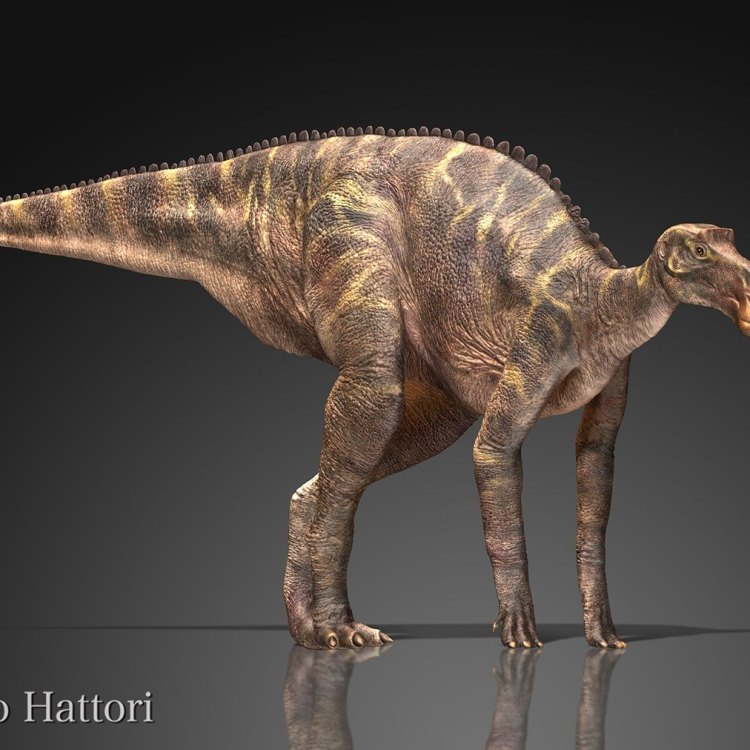
Maiasaura
- Adult Size: Large
- Average Lifespan: 25-30 years
- Reproduction: Egg-laying
- Reproductive Behavior: Nest building and parental care
- Sound or Call: Unknown
- Migration Pattern: Non-migratory
- Social Groups: Herd
- Behavior: Social and gregarious
- Threats: Habitat loss, climate change
- Conservation Status: Extinct
- Impact on Ecosystem: Ecologically important as herbivores
- Human Use: Fossil specimens for scientific study
- Distinctive Features: Duck-billed snout, crest on the head
- Interesting Facts: First dinosaur to be proven to care for their young
- Predator: Unknown
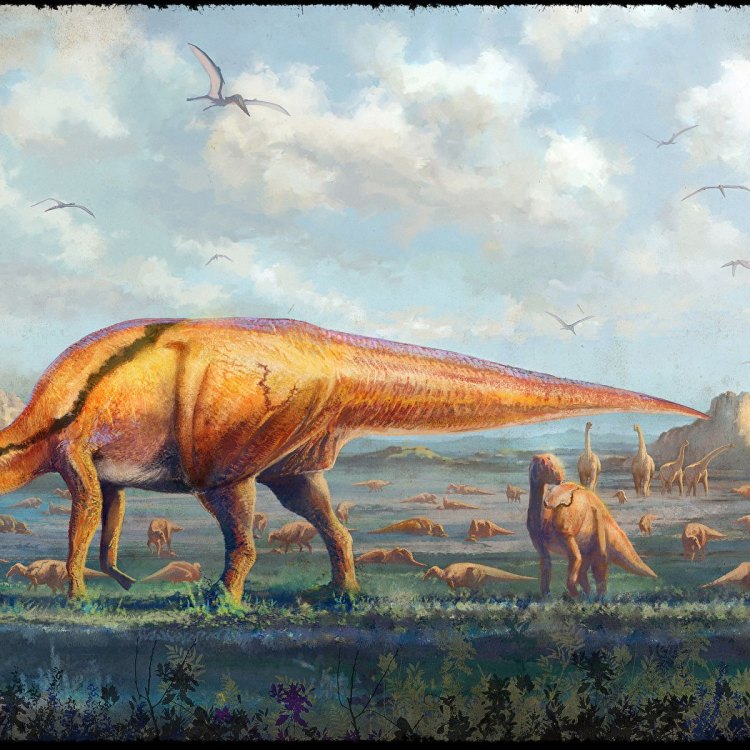
Maiasaura peeblesorum
The Fascinating Story of the Maiasaura: The Caring Duck-Billed Dinosaur
Imagine a land filled with towering trees and vibrant plants, where giant creatures roamed freely. This was the world of the Maiasaura, a large herbivorous dinosaur that lived more than 65 million years ago in what is now known as Montana, USA. These peaceful giants may have gone extinct, but their legacy continues to intrigue and captivate us. In this article, we will dive into the unique features of the Maiasaura and uncover the intriguing facts about this extinct species PeaceOfAnimals.Com.Adult Size: Large
The Maiasaura was a massive dinosaur, reaching up to 30 feet in length and weighing over 3 tons. This made it one of the largest herbivorous dinosaurs of its time. Its size allowed it to roam freely and thrive in its ecosystem, making it an essential part of the prehistoric food chain.
Average Lifespan: 25-30 years
Just like many other dinosaurs, the Maiasaura had a relatively short lifespan, living for only about 25-30 years. This could be attributed to the harsh conditions of the Mesozoic Era, where environmental factors such as predators, diseases, and changing climate could greatly affect their longevity.
Reproduction: Egg-laying
Similar to modern-day birds, the Maiasaura was an egg-laying species. They would construct nests, lay their eggs, and then take care of their young until they hatched. This reproductive behavior was unique among dinosaurs, as most of them were believed to lay their eggs and leave them to hatch on their own.
Reproductive Behavior: Nest Building and Parental Care
The Maiasaura was the first dinosaur to be scientifically proven to care for their young Madagascar Hissing Cockroach. Fossils of the Maiasaura nesting sites were found in Montana, showing evidence of nests, eggs, and even fossilized embryos. This discovery was groundbreaking as it challenged the notion that dinosaurs were not capable of caring for their young.
Sound or Call: Unknown
Unfortunately, due to the limitations of the fossil record, scientists have not been able to determine the vocal capabilities of the Maiasaura. However, some speculate that they may have communicated with each other through low-frequency sounds like modern-day elephants or birds.
Migration Pattern: Non-migratory
The Maiasaura was a non-migratory species, meaning that they did not travel long distances to find food or escape harsh weather. They were well-adapted to their environment and preferred to stay in their herds for protection and support.
Social Groups: Herd
The Maiasaura was a highly social and gregarious species. They lived in large herds, which may have consisted of hundreds or even thousands of individuals. These herds provided safety, support, and ensured the survival of their young.
Behavior: Social and Gregarious
The Maiasaura was a social and gregarious species, living in herds and caring for their young. This behavior was essential for their survival and showed their high level of intelligence and cooperation. It also indicates that these prehistoric creatures had strong social bonds and possibly even complex social structures.
Distinctive Features: Duck-Billed Snout and Crest on the Head
One of the most distinctive features of the Maiasaura was its duck-billed snout, which gave it the nickname "The Good Mother Lizard". This unique beak-like structure helped them to efficiently grind and chew tough vegetation, making for a highly effective herbivorous diet. Additionally, some fossils of the Maiasaura show evidence of a crest on top of their head, which may have been used for visual display or mating rituals.
Predator: Unknown
The predators of the Maiasaura are still unknown, but it is believed that they may have faced threats from large carnivorous dinosaurs such as the Tyrannosaurus Rex and the Albertosaurus. The Maiasaura's large size and herd behavior may have been their defense against these mighty predators.
Threats: Habitat Loss and Climate Change
While the Maiasaura did face threats from predators, their ultimate demise was likely due to environmental factors. The end of the Cretaceous period saw a dramatic change in climate, with prolonged periods of drought and changes in vegetation. This would have greatly impacted the Maiasaura's ability to find food and survive.
Conservation Status: Extinct
Sadly, the Maiasaura is now extinct, along with many other dinosaur species. While their extinction is a natural part of the evolutionary process, the Maiasaura's unique features and behaviors will continue to fascinate and intrigue us for generations to come.
Impact on Ecosystem: Ecologically Important as Herbivores
As large herbivores, the Maiasaura played a crucial role in their ecosystem. They were essential for maintaining the balance of the food chain, and their grazing behavior would have greatly influenced the vegetation in their environment.
Human Use: Fossil Specimens for Scientific Study
The Maiasaura has not only left a mark in the natural world but also in the scientific community. Fossil specimens of this species have provided valuable insights into the behavior, reproduction, and evolution of dinosaurs. They continue to be studied by scientists to this day, helping us to further understand the fascinating world of prehistoric creatures.
In conclusion, the Maiasaura was not just a giant, herbivorous dinosaur. It was a highly social, caring, and intelligent species, paving the way for our understanding of the complex and diverse nature of dinosaurs. This fascinating creature is a testament to the wonders of the natural world and will continue to capture our imaginations for years to come.
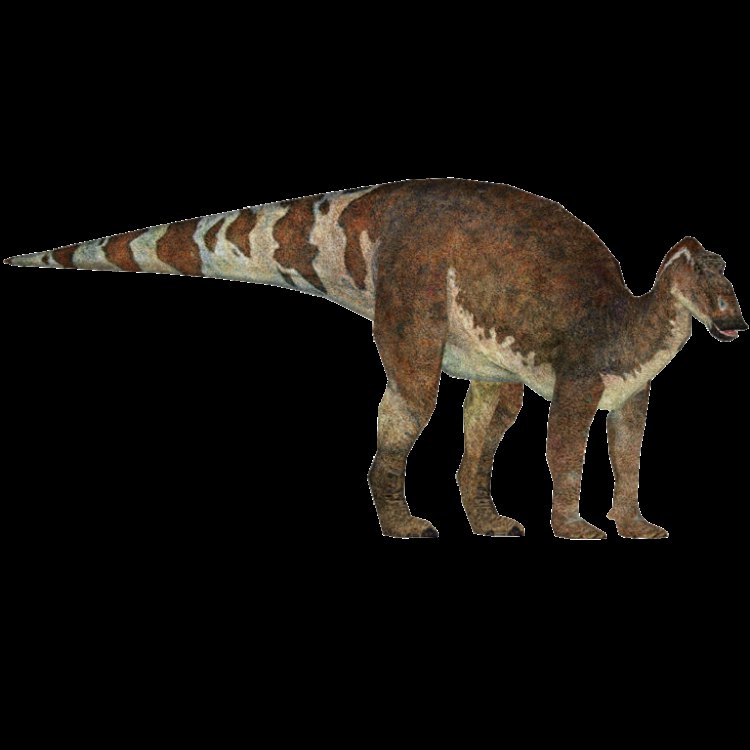
The Majestic Maiasaura: Discovering North America's Lost Giant
Disclaimer: The content provided is for informational purposes only. We cannot guarantee the accuracy of the information on this page 100%. All information provided here may change without prior notice.

